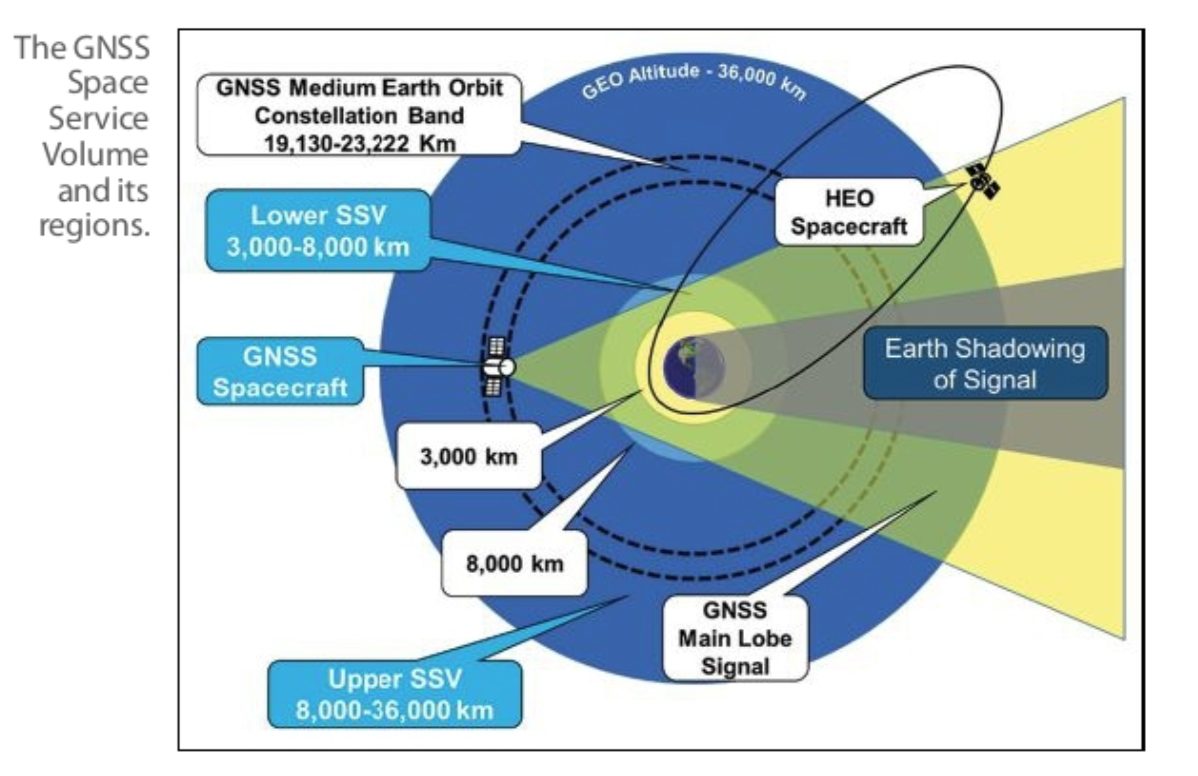When we find ourselves in times of trouble, it can help to take the long view. Pull back, zoom out, range free. Consider a vastly enlarged scope and sequence.
That’s why I find this month’s NTS-3 story so welcome. “Next-generation technologies across space,” I keep repeating.
Yes, the satellite’s experiments, and there are many of them, definitely point back Earthward, towards enabling new capabilities in the ground control and user equipment segments. Navigation Technology Satellite-3 will trial new antennas, flexible and secure signals, increased automation, and novel use of commercial ground command and control assets.
Also onboard are new waveforms, an on-orbit reprogrammable PNT payload, an electronically scanned array providing global and regional coverage, agile signals for improved security and interference mitigation, and a diversified time-keeping system.
Many of these features are designed, following NTS-3’s mission statement, to avoid lengthy service interruptions that have been experienced in all GNSS. Not only to avoid, to but to adapt: “to demonstrate an agile response to unplanned contingencies.”
Boy, could we have used some of that at the top of government at the top of this year.
Well, we’re going to have that response capacity out in space at least, in another couple years. NTS-3 launches in 2022.
Out in space, out beyond in space, I like to think, is where some of the satellite’s experiments will really prove their worth and applicability.
Last year the magazine ran a feature story on the Space Service Volume, and it was a corker. Go back and read it if you have time. I tell you, your mental health will benefit.
GNSS signals are now in use by spacecraft flying at 150,000 kilometers altitude, more than 40% of the distance between the Earth and the Moon. “Future spacecraft users at these altitudes and beyond can benefit from the improved performance afforded by an interoperable multi-GNSS capability.
“[…] this technology will enable untold space missions that will extend humanity’s reach for the stars.”
If that’s what can be done with current GNSS, imagine what NTS-3’s innovations will attain.
Back when I was a kid reading science fiction, I stumbled across one author’s quote as to the purpose of the genre. This might have been somewhere between the covers of Dangerous Visions, but I’ve long since lost my copy, and they’re a bit hard to replace just now. I can only paraphrase: “In science fiction, what we are trying to do is constantly surprise ourselves, and then practice responding. Because out there in space, the surprised man is a dead man.”
Again. In January, we could have used this attitude and adequate preparation.
But I’ve zoomed back on the thing I’ve been trying to zoom away from.
So let’s go beyond. Beyond the current GNSS orbits of 20-23,000 kilometers, beyond the planned 36,000 kilometer orbit of NTS-3, beyond the 150,000-kilometer orbits of the four Magnetospheric Multiscale Mission satellites, beyond the Moon, beyond Mars, beyond this little solar system. Out to where we might find as many as 40 billion Earth-sized planets in the habitable zones of Sun-like stars and red dwarfs in the Milky Way. Maybe 12 light-years distant, to hover — guided by NTS3-pioneered navigation technologies — above the nearest of such planets.
Feels good out here.






